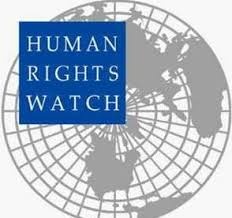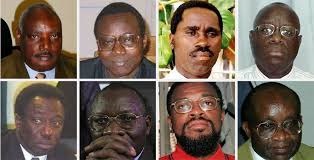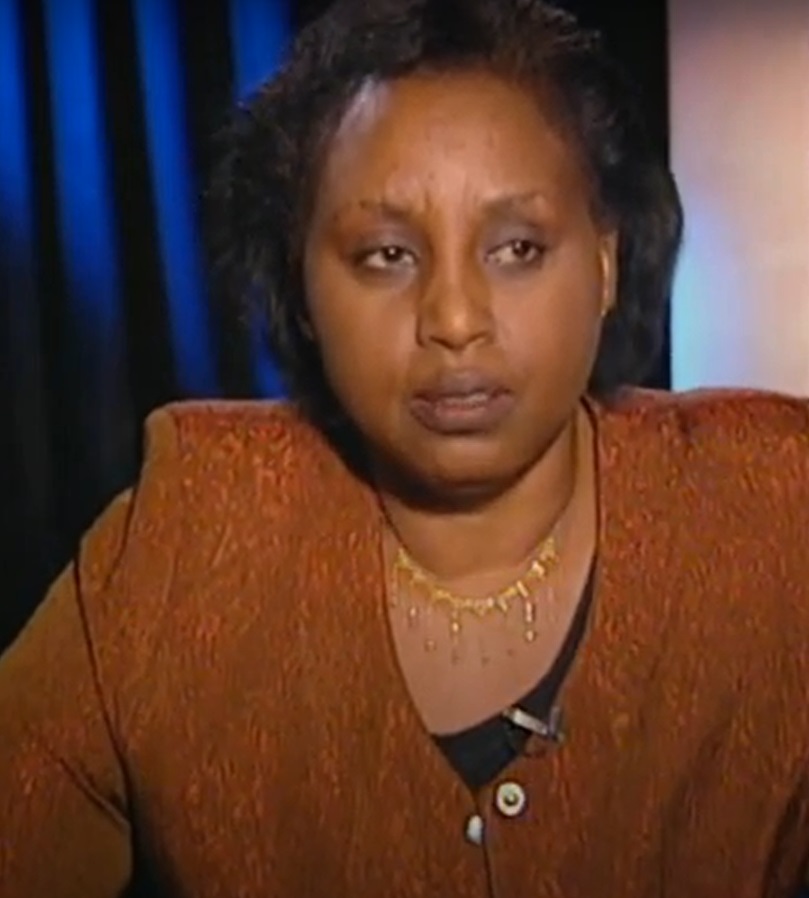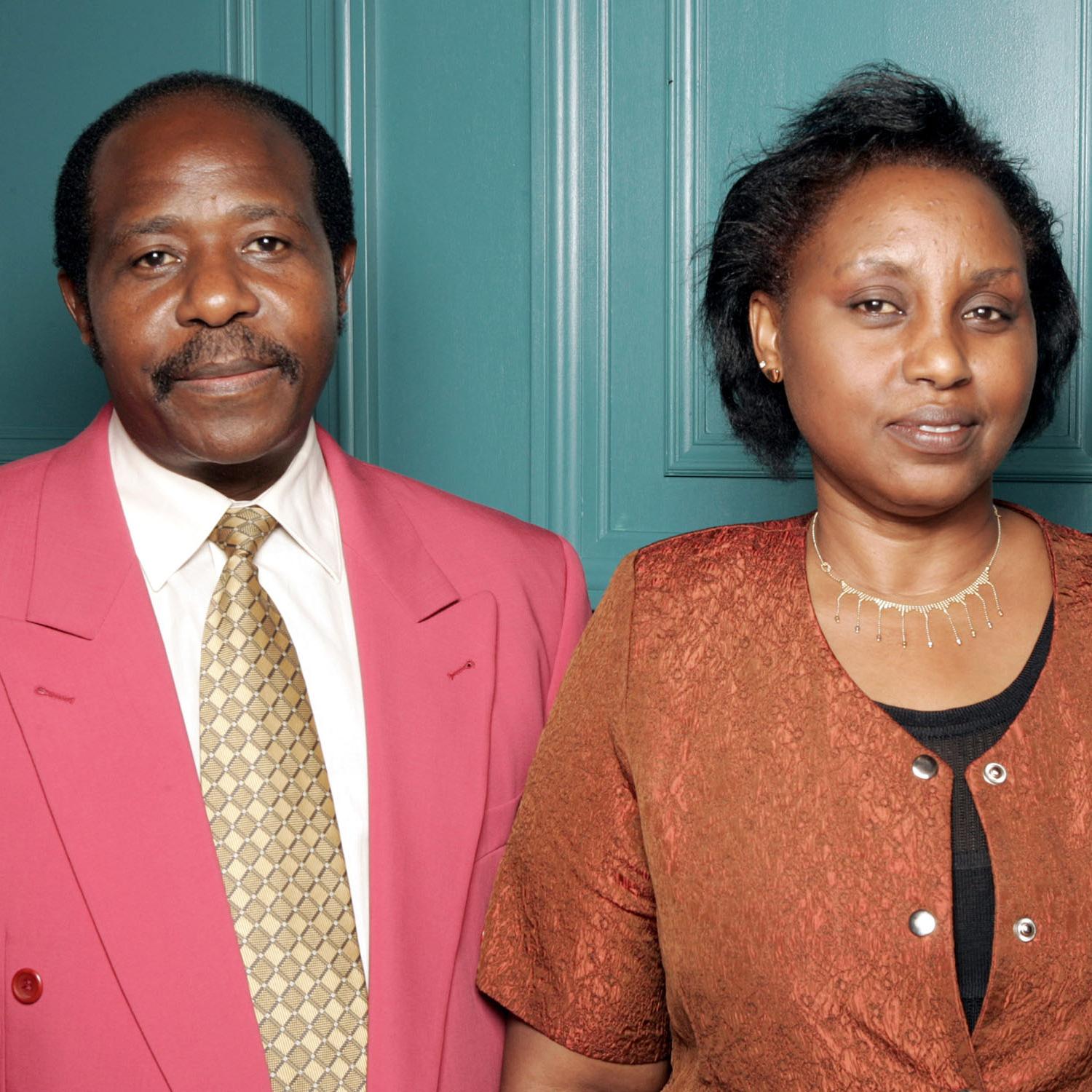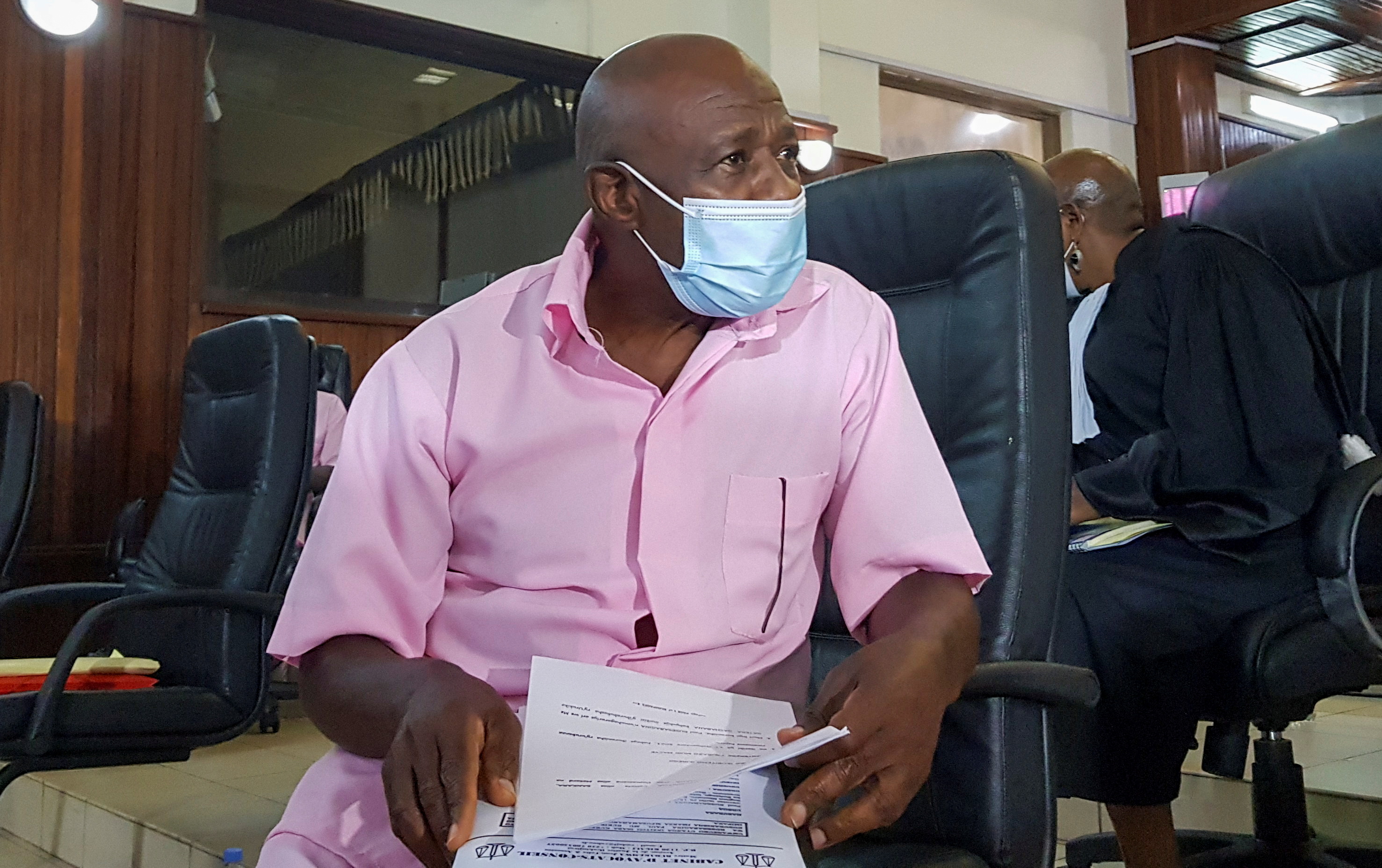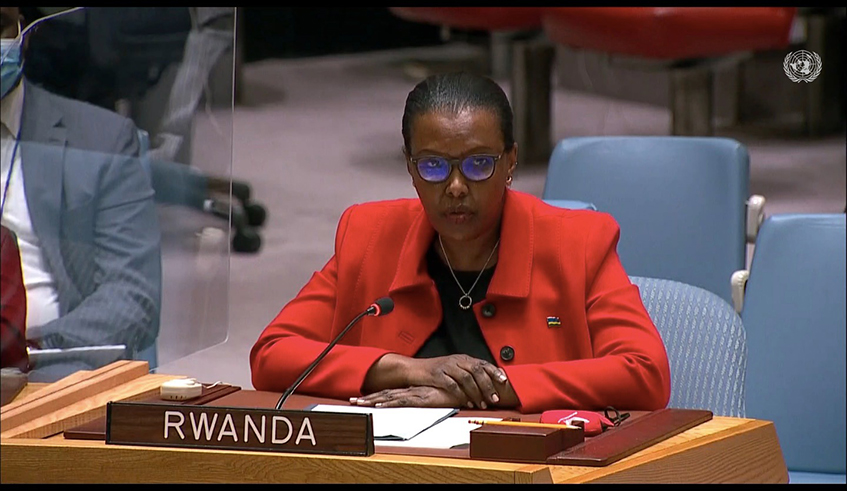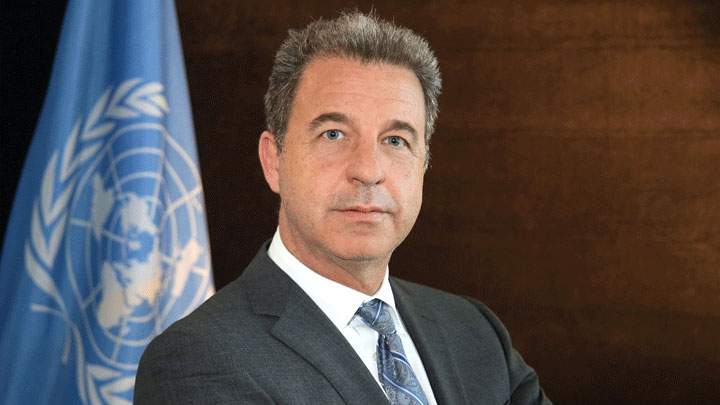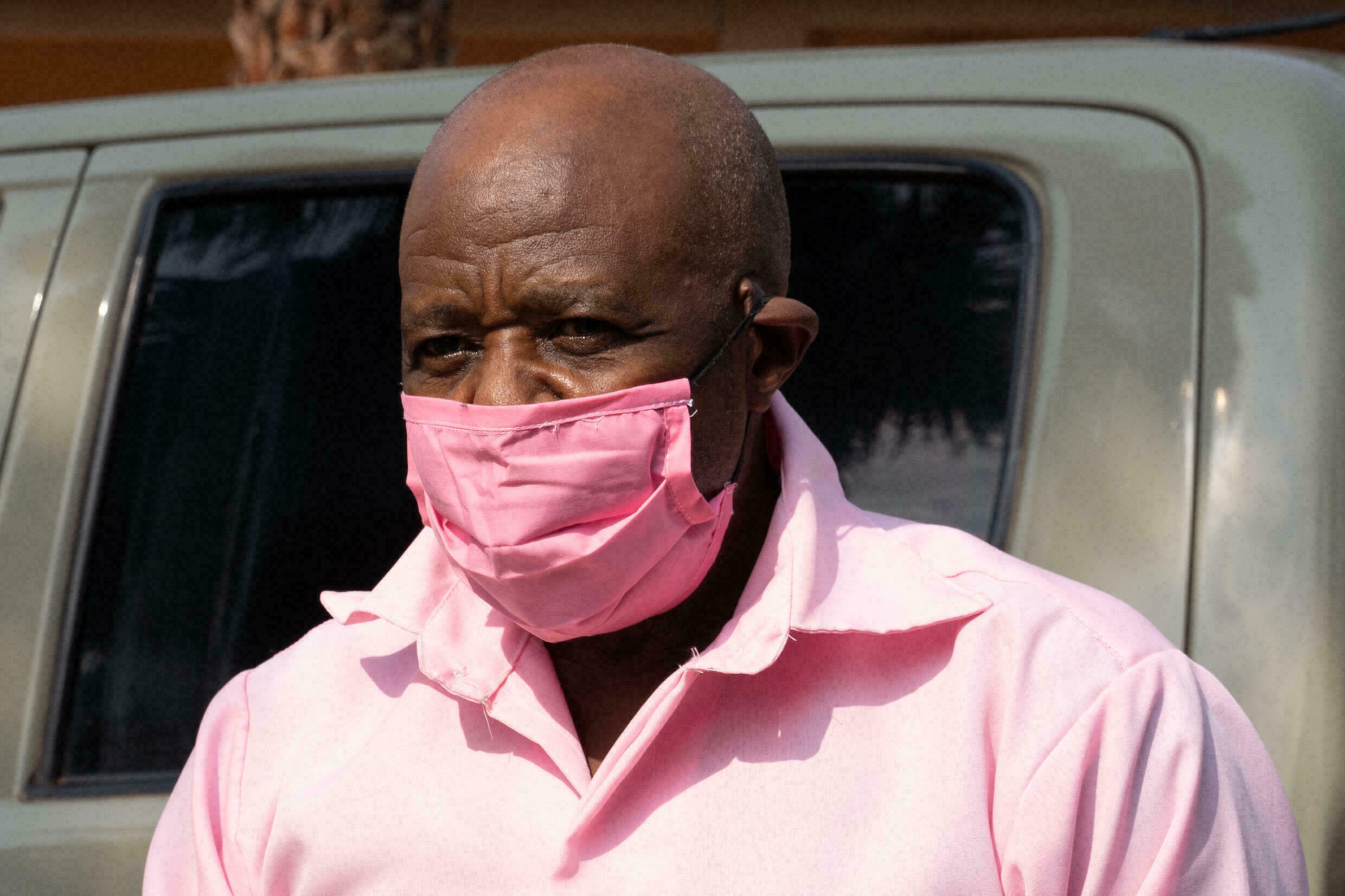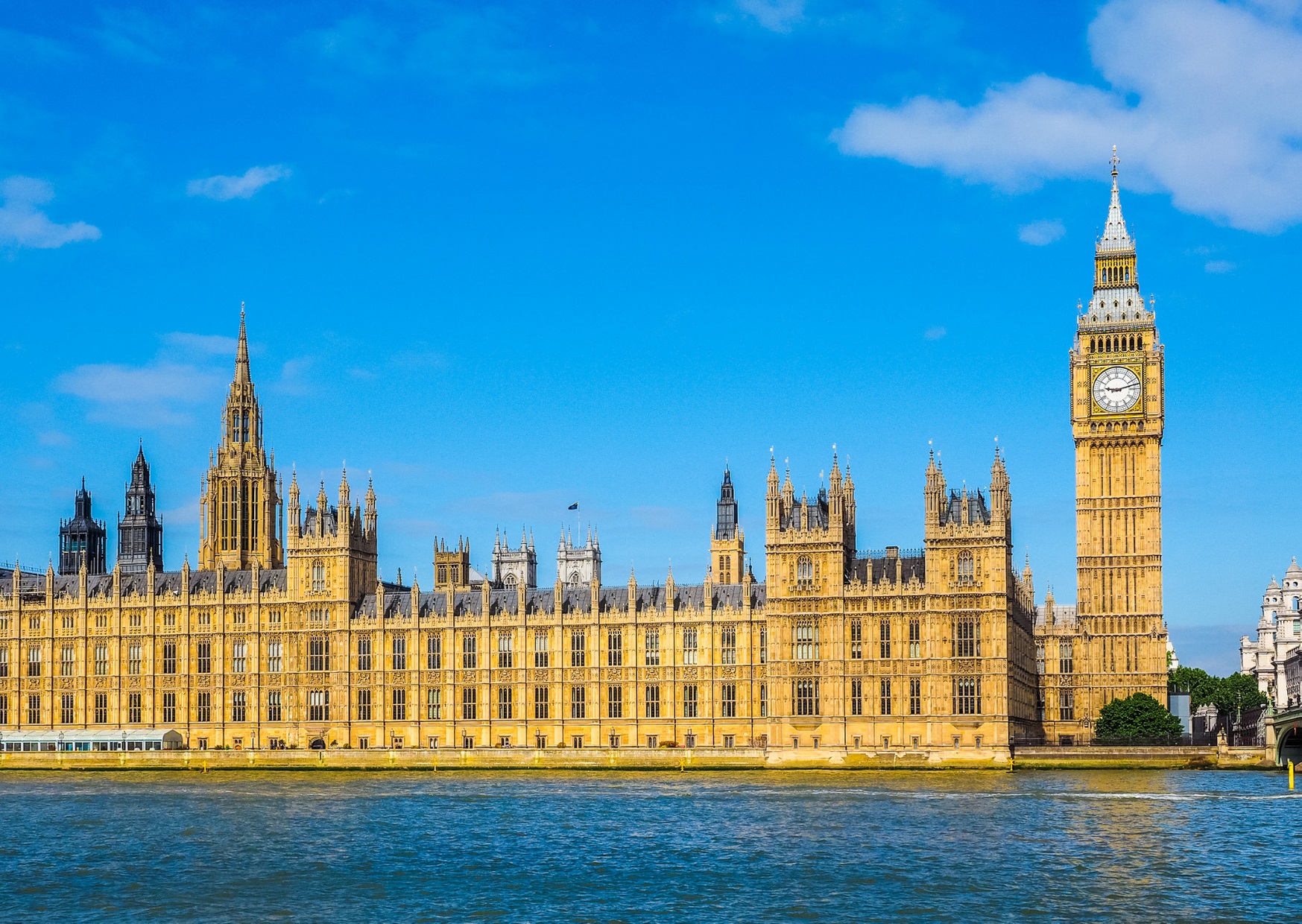International
When the international community negotiated asylum for genocide perpetrators
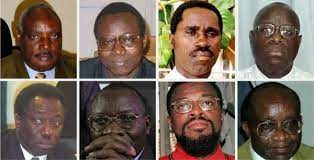
In
November 2021 the UN secretly signed an agreement with the Republic of Niger to
grant asylum to eight Rwandans who were acquitted by the ICTR or released after
serving their prison sentences for genocide related crimes.
The
government of Rwanda was neither associated with the negotiations nor informed
of the terms of that agreement.
Rwanda
first informally learnt about the transfer of those genocidaires to Niger, and
then that secret deal was divulged on December 27, 2021, when the government of
Niger made a U-turn and declared those people “personae non gratae” for
"diplomatic reasons". As a result, the international community's continuous scheme to cocoon
genocidaires was made public.
Later,
in response to a UN request to suspend the expulsion order, the government of Niger
accepted to reverse the decision for 30 days until the January 31, 2022, as the
UN and its International Residual
Mechanism for Criminal Tribunals (the Mechanism) continued
to search for a solution.
Evidently,
of all the possible solutions, the UN will
never consider former genocide detainees like all other criminals who no longer
have anything to do with the courts. The UN and the genocidaires’ relationship
seems destined to be an everlasting union.
As things stand, now, the UN is either trying to persuade
Niger to reconsider its decision, or find another host country for these key
figures of the past genocidal regime in Rwanda. The
UN has equally proposed that its genocidaire protégés stay in Niger for at
least one year, with financial assistance from the UN. This latest UN commitment to indulge genocidaires is reminiscent of the international
community’s policies that shielded mass murderers and allowed them to escape in
1994.
The
international community’s obliviousness and indifference to the 1994 genocide
against the Tutsi in Rwanda is a fact that has been established before,
including by the UN’s own Independent Inquiry in 1999 which concluded that, “the
responsibility for failing to prevent or stop the genocide was a failure of the
UN system as a whole.”
The
international community had sufficient information that a genocide was
happening between April and July 1994 and knew who was responsible for the mass
killings. But they sat back and watched. The UN's independent inquiry revealed
that UN peacekeepers present in Rwanda at that time, UNAMIR, watched “as people
were being slaughtered right before their eyes”.
That
did not stop France and the UN from welcoming and protecting representatives of
the genocide government. Worse still, some Western “democracies” actively
contributed to the genocide, and eventually allowed genocide perpetrators – who
were France’s allies – to escape in the face of the RPF's advance.
In
the aftermath of the genocide, on the one hand, the international community felt
shame at its abject failure to save lives in Rwanda, but at the same time, the
UN, human rights NGOs and aid organisations were shamefully giving credence to
the claims of the genocide government. They stated that members of the genocidal
regime were at risk, and they not only
treated them as ordinary refugees, but also allowed them to keep their weapons
and continue to function as a government operating first in the Operation Turquoise
zone in Rwanda where French troops facilitated genocide and, later, in refugee
camps in the former Zaire, now DRC.
According to the Muse Report, on July
11, 1994, France declared that members of the genocidal government would be welcomed
in the Turquoise zone “as mere refugees.” Some killers were exfiltrated and
evacuated to Western or African countries, while the majority were sheltered with their families, and France, acting
under a UN mandate, actively facilitated their safe transit to Zaire by
contacting the Zairean army to arrange for their safe passage.
The
ex-FAR, and Interahamwe militias entered Zaire with their weapons and continued
to wear their uniforms. According to official reports, when the killers poured
into Zaire, “they brought with them tons of machine guns, grenades, mortars,
and other light weapons.”
They
also brought armored cars, field artillery, four operational helicopters and a
light fixed wing attack aircraft yet they were welcomed as refugees and victims
who had fled to escape the genocide in Rwanda.
The genocidaires
"fattened on international aid," as UN agencies and international
NGOs continued to operate in the camps in a situation dominated and controlled
by mass murderers. Those genocidaires under UN protection boasted a troop
strength of 50,000 ex-FAR and Interahamwe in more than a dozen UNHCR camps
where they began to regroup and make plans to attack Rwanda and return to power
to finish their genocidal agenda.
Furthermore,
the UN arms embargoes were never enforced on the genocidaires both during and
after the genocide. In addition to what they brought with them, the genocidaires
continued to receive arms shipments in the camps. For instance, in late 1994, former
president Juvenal Habyarimana’s widow, Agathe Kazinga, accompanied President Mobutu
on a trip to China, and she used the opportunity to purchase arms for the ex-FAR
and Interahamwe in the camps.
Similarly,
the genocidaires in the camps were allowed to recruit combatants and conduct military
training exercises, as they planned a “final victory and a definitive solution
to Hutu-Tutsi antagonisms”.
Jean
Kambanda, ex-Prime Minister of the genocidal government, visited refugee camps
in Zaire where he spoke to large crowds, and told them that, “if the government
of Kigali stood in the way of a prompt solution, military action would be
taken." According to a 1995 Human Rights Watch report, the genocide
leadership in Zaire refugee camps "openly threatened to kill all Tutsi who
(would) prevent us from returning" and vowed to "wage a war that will
be long and full of dead people until the minority Tutsi are finished and completely
out of the country."
Ultimately, when the camps were closed in 1996, many genocide
masterminds left Zaire for hideouts
mainly in Western countries where
they were granted refugee status or political asylum, as well as space and support
to pursue their genocidal agenda. As such, the FDLR leadership established
itself in Germany, and its website was even openly hosted in Germany, before it
later found an Italian provider to host it.
It
would be years before any of those genocidal killers whom the international
community allowed to flee before scattering
across Europe, America and Africa, would be brought to
justice—and, in fact, more than 27 years later some have never faced justice.
Today, there are hundreds of suspected génocidaires living in various countries
across the world. The Rwandan Prosecution authority has sent 48 indictments to
France, – which is the highest in Europe – followed by Belgium with 40
indictments, the USA was issued with 23 indictments, Netherlands 18, Canada 14
and UK with five.
Sadly,
more than 27 years later, the UN approach with regard to Rwandan genocidaires
who were released by the ICTR is evidence that the international community has
learned no lesson from its failings in 1994.
The
same way the international community protected genocidaires in 1994, and
allowed them to escape as well as use the refugee camps in the former Zaire, as
safe havens, today, in 2022, the UN is negotiating political asylum for them
where, once settled and using UN allowances, they will be allowed to resume
their sinister denialist activities, and war propaganda against Rwanda.
The
same way in 1994 the international community gave credence to unfounded claims
of the genocidal killers that RPF would deprive them of their rights, today,
the UN gives credence to the baseless claim by the same former key figures of
the genocidal regime that their return to Rwanda is unsafe.
Similarly, the same way in the 1990s the
international community allowed
genocidal forces to use UNHCR refugee camps as bases to launch raids into
Rwanda, today, 27 years later, the UN is negotiating political asylum
for former dignitaries of the genocidal regime where they will be allowed to
link up with their former co-perpetrators and “Rwandan opposition in exile” to
conspire against Rwanda.
The UN and Western “democracies” are well aware that those they cocoon and refer to as "Rwandan opposition in exile" are descendants and close family members of former ICTR genocide detainees. The UN and Western countries are also well aware that the political ideology of the so-called "opposition in exile" is no different from the policies that had led Niger’s eight guests to being tried for genocide crimes.
Instead of finding a solution that would prevent that "opposition in exile" from spreading their genocide ideology, the international community is cocooning them, as it did in 1994.
According to Athanase Rutabingwa, a former ICTR advocate, “it is the UN mode of operations [with regard to former ICTR genocide detainees] that needs overhaul.”
Let’s
hope that ultimately, common sense shall prevail, and Niger’s U-turn will serve
as a notice to the UN that its obliviousness to the genocide against the Tutsi and
the tragic irony of its justice system should be stopped.


